
The 1960s delivered gadgets that would send today’s safety teams into full panic mode. Engineers drunk on post-war optimism strapped rockets to backs, fed radiation to feet, and called it progress. While modern tech obsesses over liability lawyers and focus groups, these vintage inventors asked one simple question: “What’s the worst that could happen?” Spoiler alert—they found out. From flying platforms that barely cleared garden sheds to beauty devices that shocked muscles into submission, this era proved innovation moves fastest when nobody’s watching the brakes.
15. Wham-O Air Blaster

The Wham-O Air Blaster fired powerful air bursts that could extinguish candles from several feet away—or, as kids quickly discovered, irritate siblings’ eyes from across rooms. This toy pushed boundaries between harmless fun and potential weapon, causing minor injuries that led schools and parents to ban it faster than you could say “you’ll shoot your eye out.”
Its design represents an era when toys weren’t required to pass rigorous safety tests, and “potentially dangerous” was considered a selling point rather than liability.
14. Creepy Crawlers Thing Maker
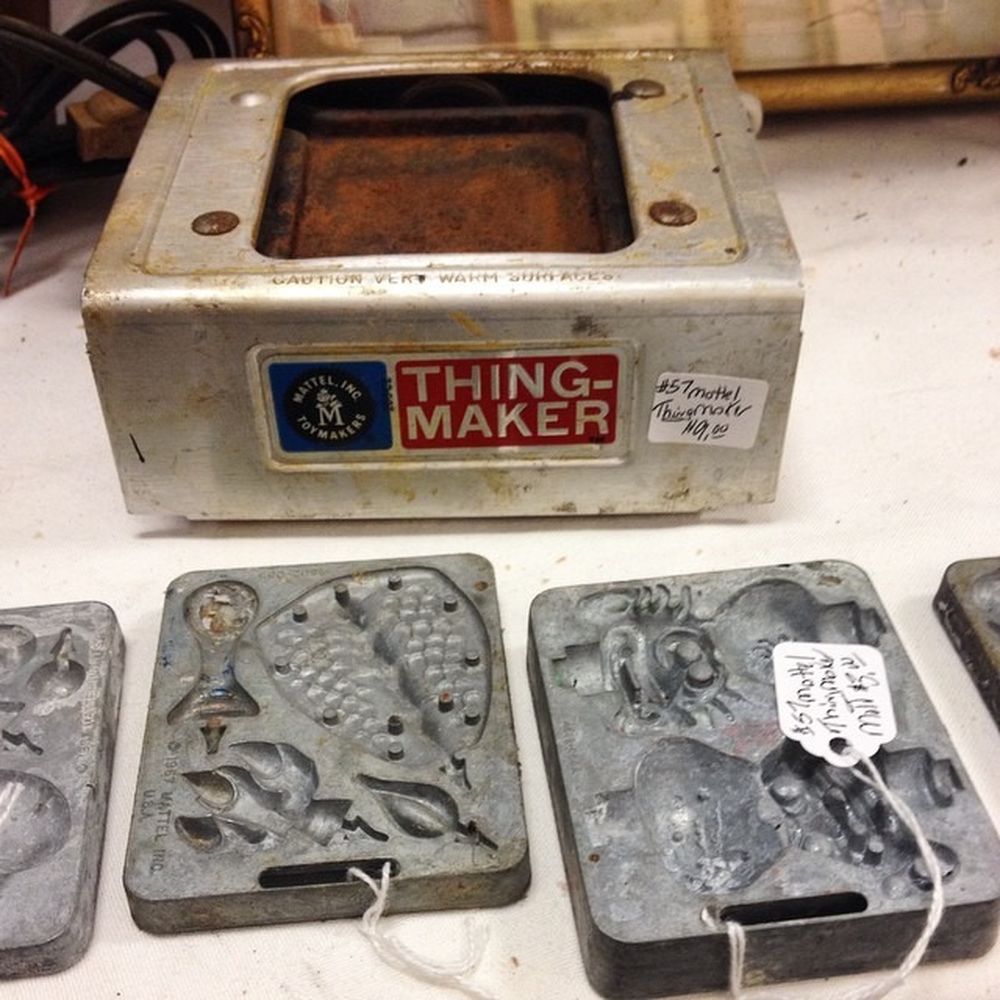
The Creepy Crawlers Thing Maker let children create rubbery bugs using liquid plastic poured into metal molds and cooked on open-faced electric hot plates reaching temperatures hot enough to cause serious burns. What could enhance children’s creativity more than constant threats of second-degree burns?
Parents nervously watched children handle toxic compounds and scorching equipment, all for making slimy toys. Modern, safer versions exist today, but they lack the character-building element of potential emergency room visits.
13. UV Tanning Lamps

Early UV tanning lamps promised beach vacation bronze without leaving your living room. Users basked under artificial light that blasted enough UV radiation to make dermatologists wake up screaming. The pursuit of beauty came with premature wrinkles, burns, and increased skin cancer risk—steep prices for looking good in bell bottoms.
These devices remind us that sometimes the most dangerous beauty trends aren’t the ones that look ridiculous in hindsight, but the ones that seemed perfectly reasonable at checkout.
12. Radiation Shoe-Fitting Fluoroscope
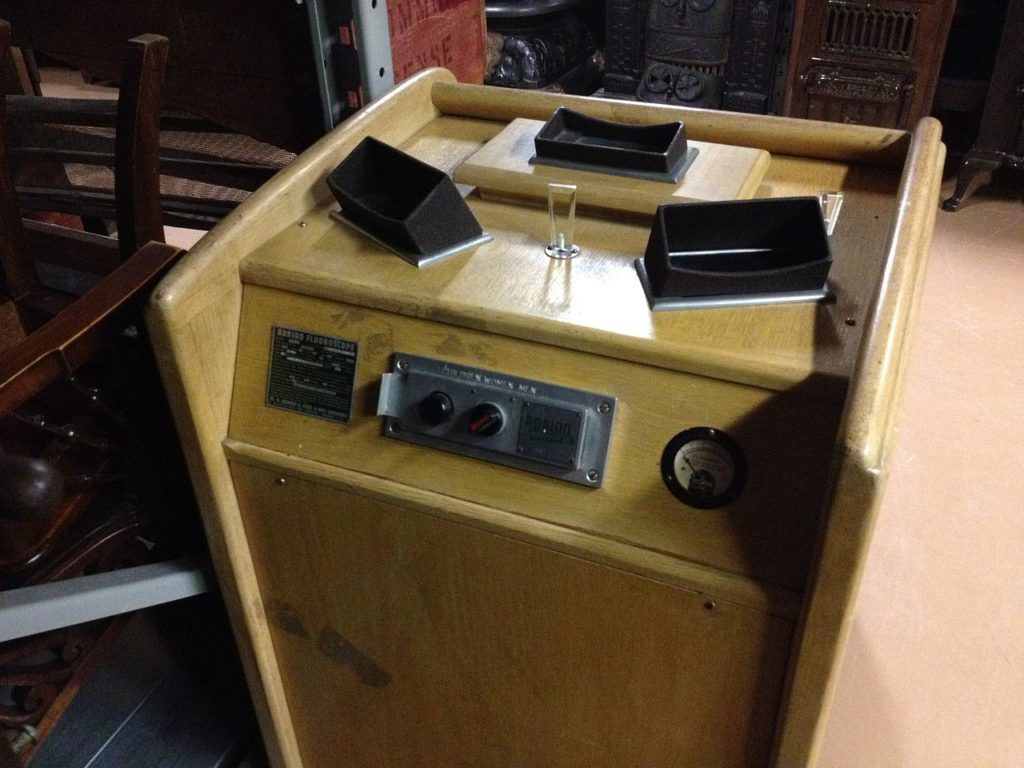
Nothing screamed “family fun” quite like letting kids stick feet into unshielded X-ray machines at shoe stores. These fluoroscopes showed foot bones inside new shoes, helping parents check if Junior’s toes had wiggle room while casually bombarding families with radiation doses that would make modern hospitals evacuate entire floors.
Families lined up for this novelty, trading proper shoe fit for potential burns and radiation sickness. By the 1970s, most countries banned these machines—marking one of the few times government regulation literally saved people’s feet from glowing in the dark.
11. CIA Pigeon Camera

Before drones dominated surveillance, the CIA strapped tiny cameras to pigeons for aerial reconnaissance. These feathered spies carried lightweight equipment on predetermined routes over sensitive areas, returning to handlers with literal bird’s-eye views of enemy installations.
The program worked surprisingly well until satellite technology rendered covert avian operatives obsolete. Next time you see pigeons gathering in parks, remember their ancestors might have been intelligence community’s most bizarre recruitment success story.
10. Relaxacizor

The Relaxacizor promised women dream bodies through electrical muscle stimulation—no exercise required. Just strap on this device, let it shock muscles into submission, and watch pounds melt away while reading magazines.
Reports of muscle damage and chronic pain eventually revealed the Relaxacizor delivered more harm than benefit. It became the perfect symbol of an era when marketing claims went unchecked and consumers willingly shocked themselves pursuing beauty standards.
9. Early Electric Blankets

Early electric blankets offered revolutionary adjustable warmth for chilly nights, but with exciting added features of potential fire hazards. Early models had unfortunate tendencies toward overheating, turning cozy sleep into potential four-alarm situations.
Despite these concerns, electric blankets remained popular, eventually evolving with stricter safety standards. They represent perfect mid-century innovation: combining genuine utility with just enough danger to keep users alert.
8. Automotive Hot Dog Cookers

Early car-powered hot dog cookers plugged directly into cigarette lighters, cooking frankfurters from the inside out for quick roadside meals. What could possibly go wrong with combining food, electricity, and moving vehicles?
Low-quality design created perfect storms of electrical short risks and burn hazards. The novelty of watching your hot dog sizzle on dashboards wore off quickly when drivers realized they were creating fire hazards for the sake of avoiding drive-thrus.
7. Bell Rocket Belt
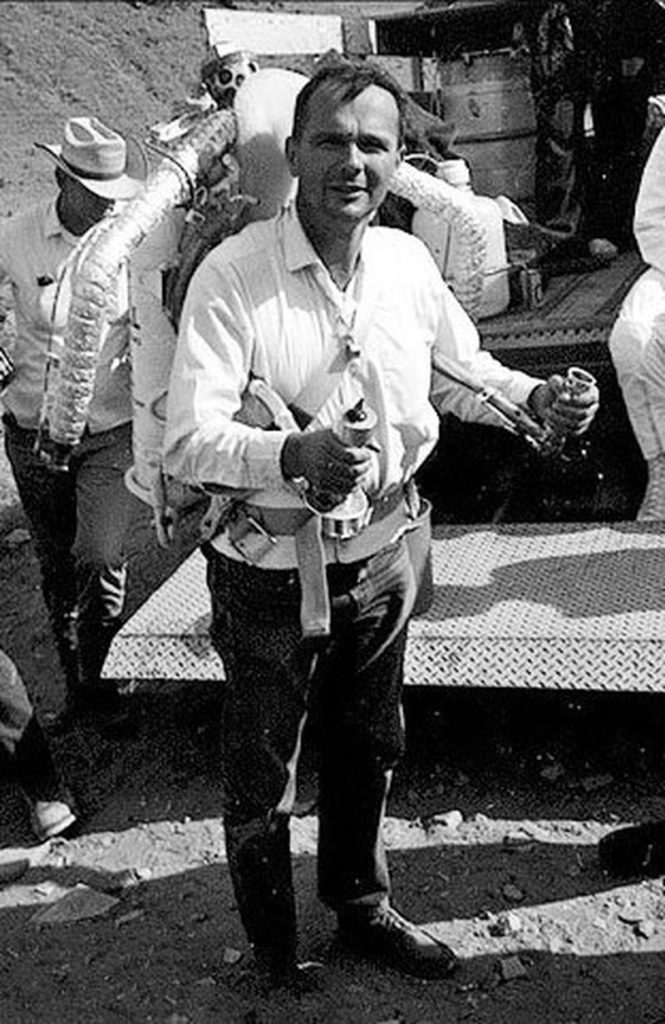
Before Iron Man made personal flight look effortless, the Bell Rocket Belt offered 20 seconds of hydrogen peroxide-powered airtime. Twenty seconds—barely enough to clear your neighbor’s fence before gravity reminded you who was boss. The lack of meaningful safety features meant pilots lived one miscalculation away from becoming cautionary tales.
Despite glaring flaws that would horrify modern engineers, the Rocket Belt captivated worldwide audiences. It remains the perfect symbol of 1960s tech philosophy: ambitious, impractical, and absolutely refusing to acknowledge its obvious limitations.
6. Hiller VZ-1 Pawnee
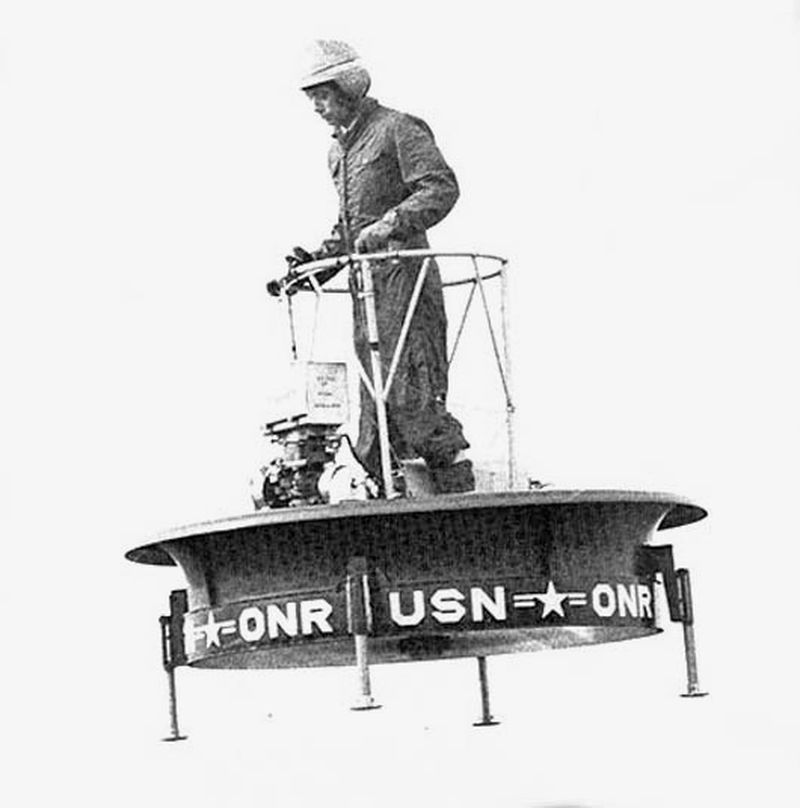
Military engineers spotted a ceiling fan and thought, “Perfect launching pad.” The Hiller VZ-1 Pawnee featured contra-rotating ducted fans beneath a circular platform where pilots stood like nervous surfers, steering by shifting body weight. The Army dreamed of soldiers zipping over rough terrain at superhero speeds.
Reality delivered different results. This flying platform crawled through air at 16 mph—slower than most bicycles—and couldn’t climb higher than your average garden shed. The Army’s demand for a third engine killed the weight-shifting magic, forcing engineers to add conventional helicopter controls. Two surviving prototypes now rest peacefully in museums, reminders of when physics refused to cooperate with ambition.
5. Ford Gyron

The Ford Gyron looked like it rolled straight from The Jetsons, balancing on two wheels using gyroscopes and sporting rocket-inspired design that had auto show attendees gasping. Engineers quickly realized the combination of astronomical production costs and the minor issue of “what happens when gyroscopes fail” made it showroom poison.
This prototype was never intended for production but stands as perfect automotive design that prioritized “wow factor” over “not tipping over during turns.”
4. Amphicar
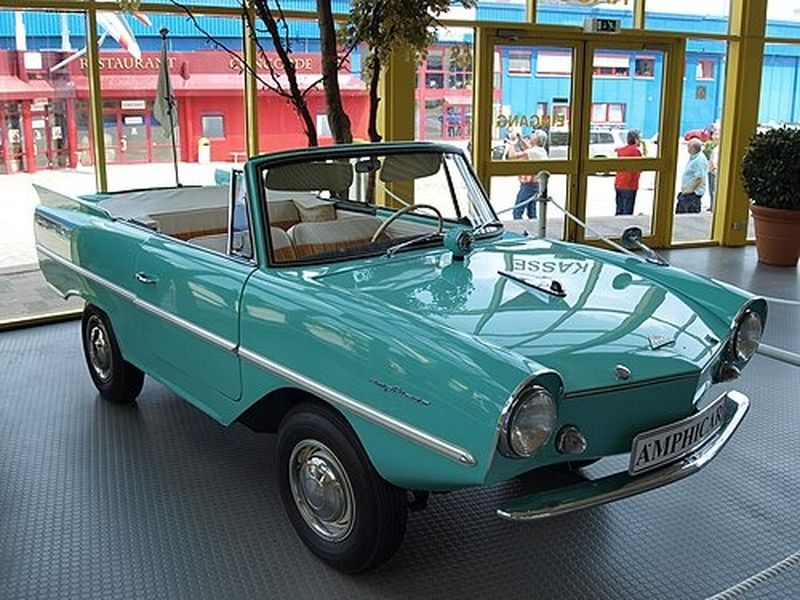
The Amphicar answered questions nobody asked: “What if my car could also be a mediocre boat?” This amphibious vehicle let drivers transition from highway to lake using twin propellers for water propulsion while wheels handled land duties.
With lackluster performance in both environments, approximately 3,878 Amphicars were produced before reality sank the concept. Driving into lakes might have turned heads at beach parties, but novelty quickly drowned when owners faced maintaining what was essentially two failing vehicles in one leaky package.
3. Convair Model 118 Flying Car
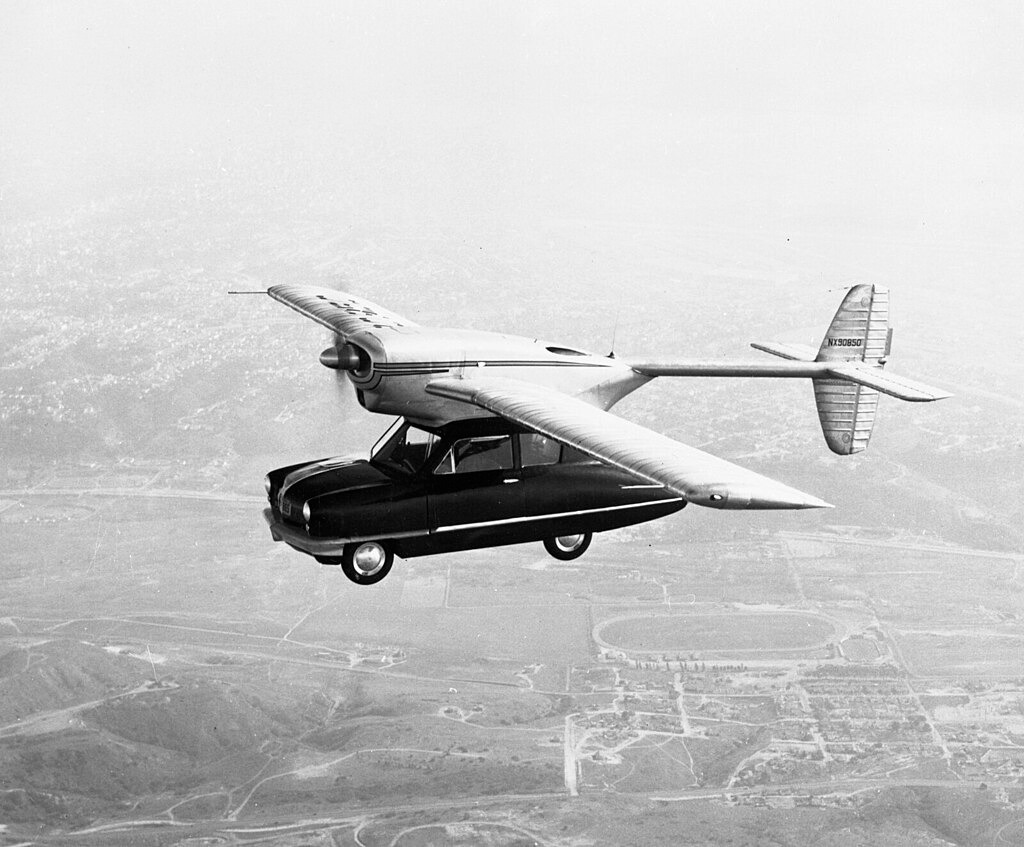
The Convair Model 118 embodied post-war optimism with its detachable aircraft component. A modest 25 horsepower engine powered road travel, while a beefier 190 horsepower engine handled flight duties—assuming you could find somewhere to attach wings without blocking traffic.
During a demonstration that perfectly foreshadowed the concept’s future, the pilot miscalculated fuel needs and crash-landed. Though nobody was seriously injured, the project never recovered. Even in the golden age of innovation, physics remained stubbornly unimpressed by human ambition.
2. Zenith Flashmatic Remote
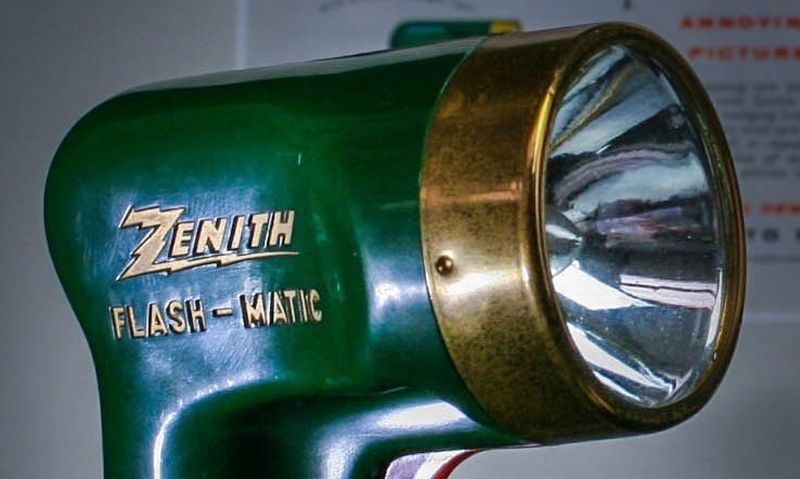
The Zenith Flashmatic Remote, introduced in 1955, was the first wireless TV remote—a light-beam device letting viewers change channels without leaving armchairs. This revolutionary concept had one major flaw: sunlight would randomly trigger it, changing channels and adjusting volume like poltergeists with poor timing.
Despite quirks that made afternoon viewing an adventure, the Flashmatic marked television’s first step toward the remote-dependent experience we know today. Those unexpected channel changes were simply progress tax.
1. Smell-O-Vision

Smell-O-Vision attempted revolutionizing cinema by releasing scents timed to movie scenes. The concept sounded immersive but played out like sensory assault, with timing issues and scent intensity problems turning theaters into confusing aromatic battlegrounds.
Expensive equipment and technical difficulties led to quick demise. Smell-O-Vision represents the entertainment industry’s occasional tendency to add features nobody requested, proving sometimes innovation should stop at “good enough.”
Last modified: August 9, 2025







